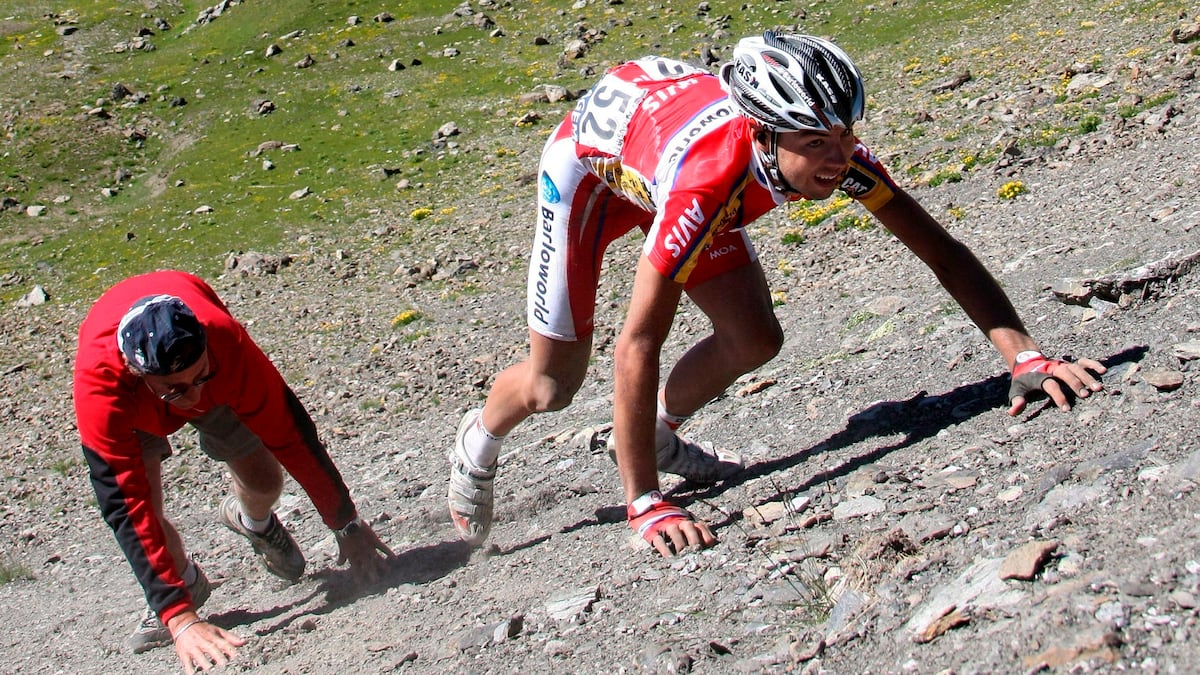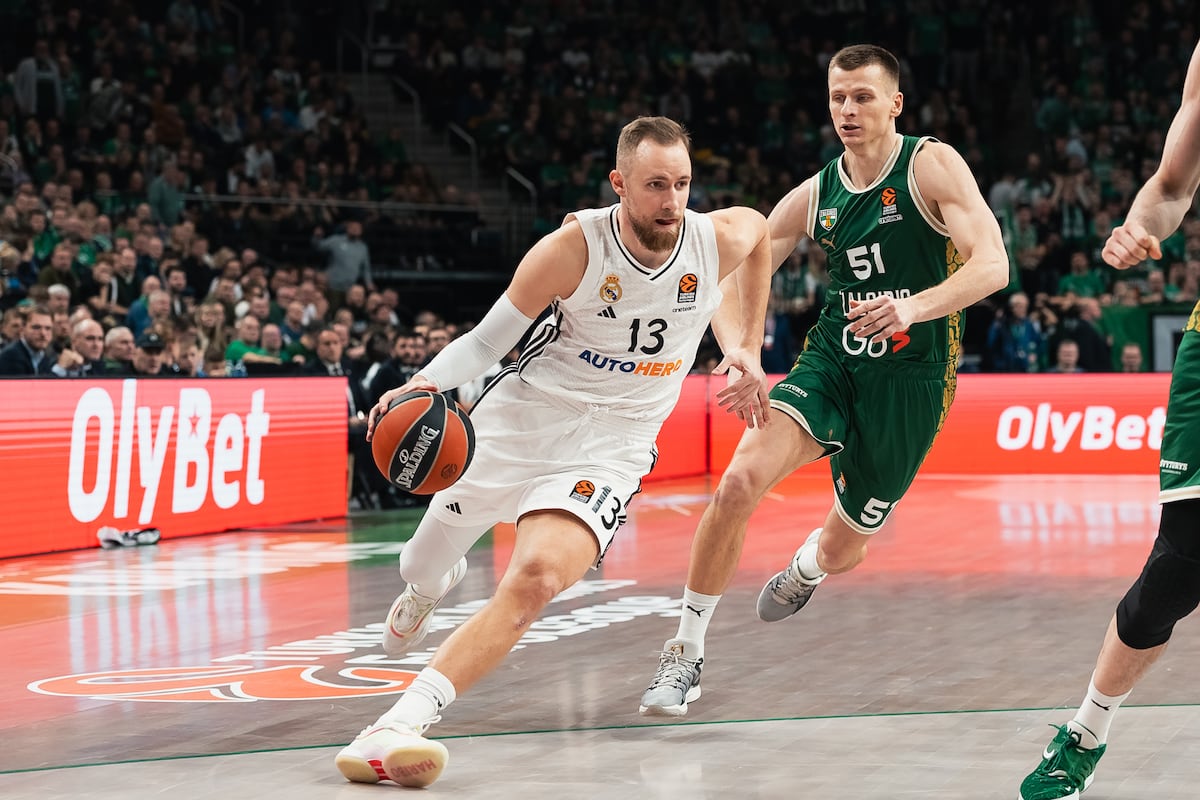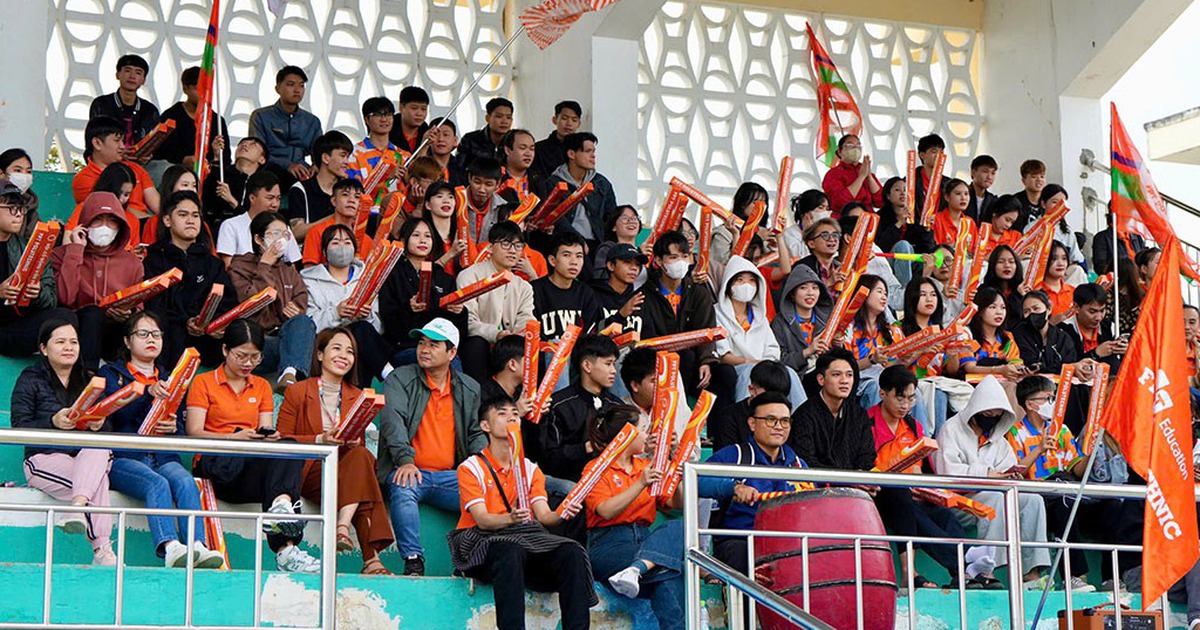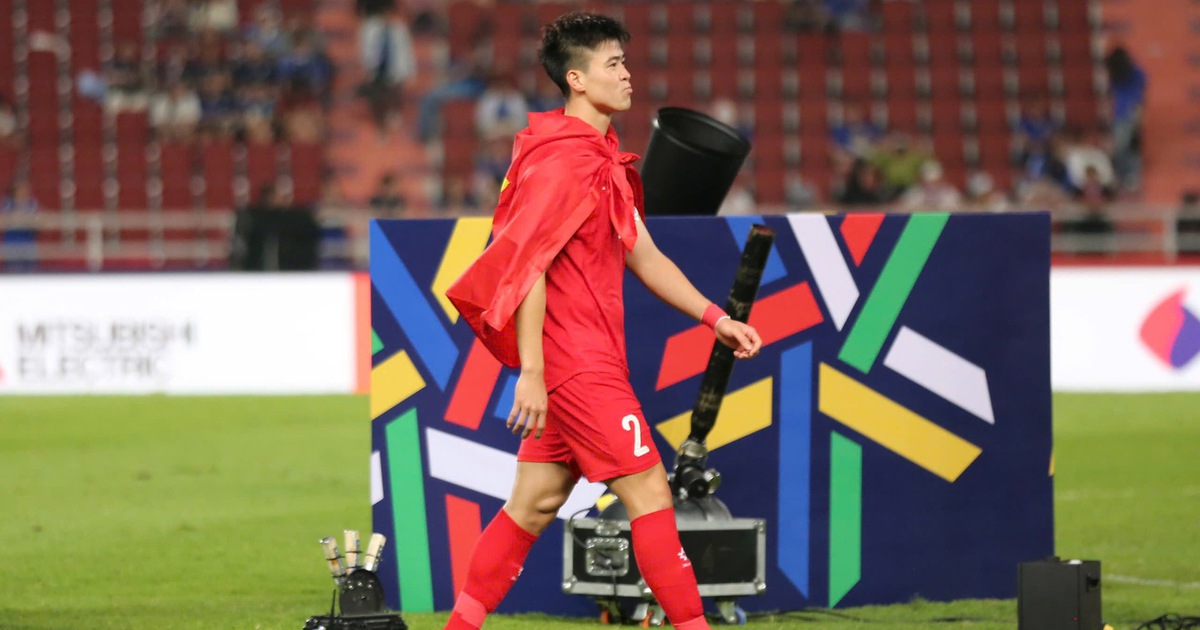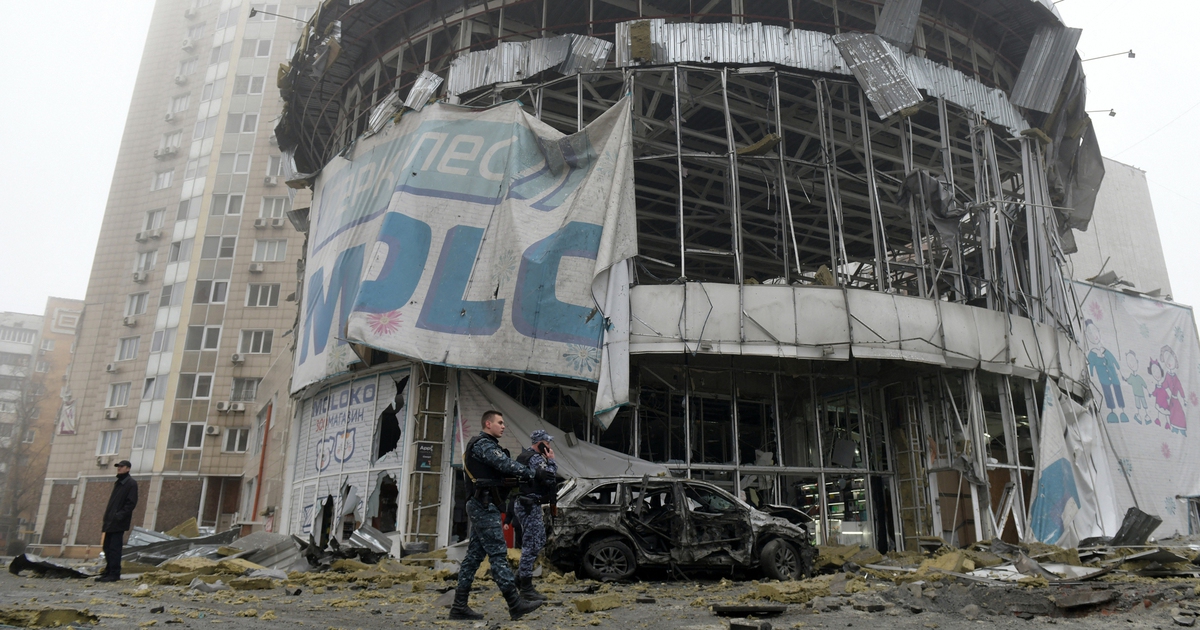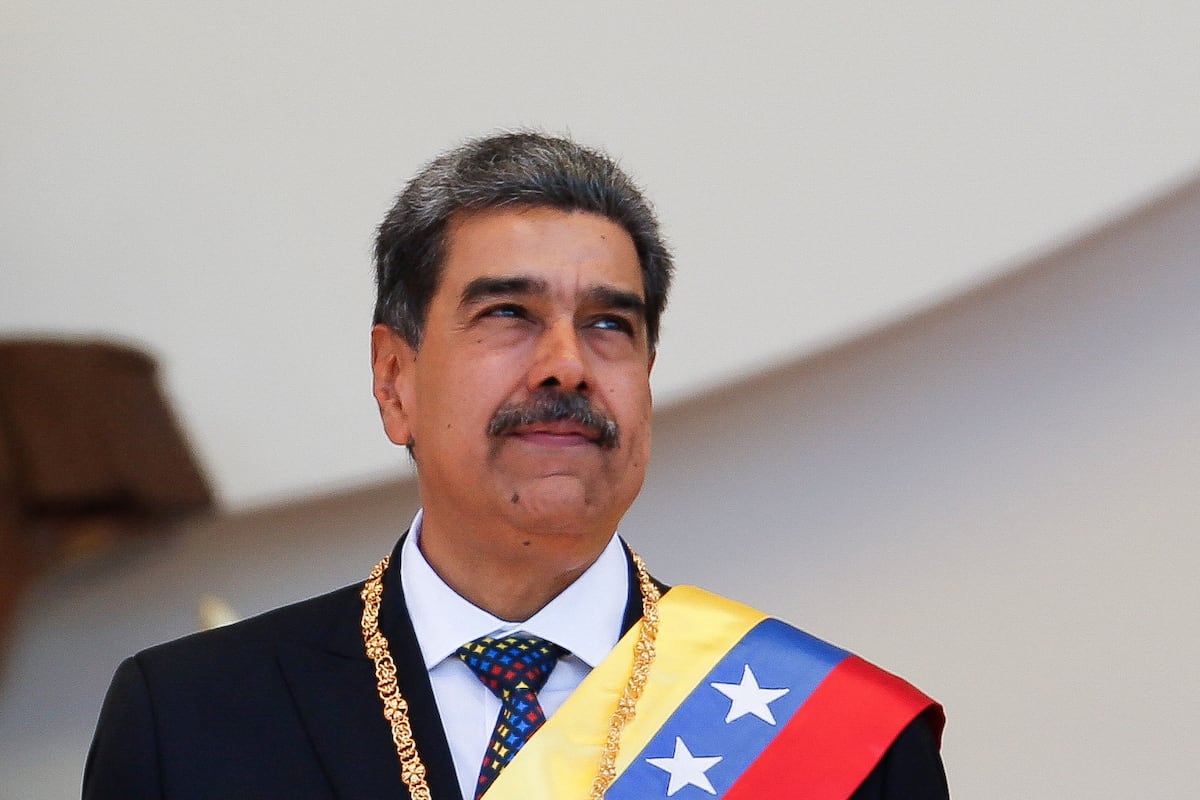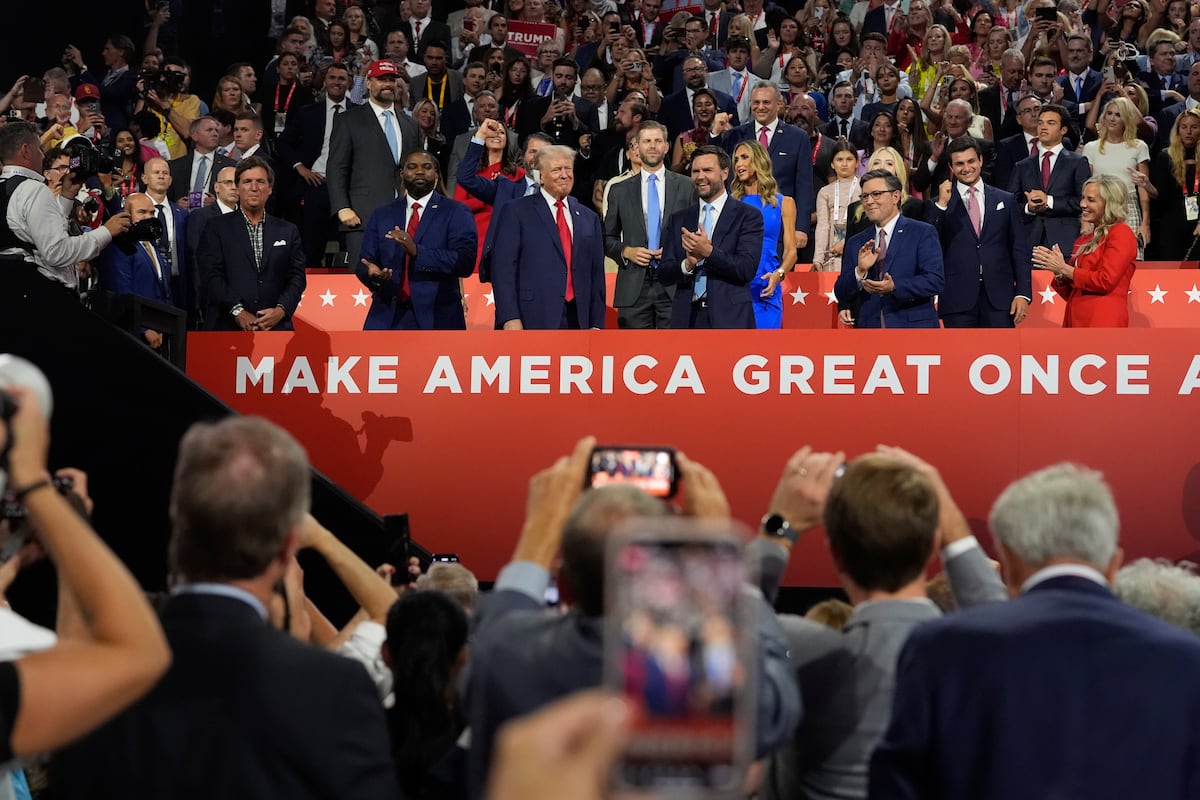The Tour, with its famous Pogacar-Vingegaard duel and guest star Evenepoel, returns to the Bonette Restefond, where Bahamontes won twice and where Indurain reigned in the 1993 Tour. The Tour may be dying for good or revolutionising itself on its ascent after having previously tackled another giant (Vars, 2,109 metres) or on its descent towards the final climb, Isola 2000 (2,124m) in the first and almost only major Alpine stage, but it is also the place where John Lee Augustyn made history. He too is cycling.
The Bonette Restefond is a rarity where a cyclist thought he would die. A pyramid of dark gravel that rises to 2,802 metres in the Mercantour, the national park of the Southern Alps bordering Italy. After reaching the top position the last time the Tour climbed it, in 2008, Augustyn had to, like everyone else, go around the peak, the cap of the mountain, via the so-called Cima de la Bonette, a tiny, narrow road that runs around it like a tie around a neck, and when he started to descend, somehow, he lost his way. He looked back, turned his bike. “They caught me again and I think what happened is that, on one of the bends, I was looking where to get back on the line, and I was just going too fast and on the wrong line. There was a little bit of sand and I just hit it and went too far. But when I fell, I didn’t see anything. I saw the sky.” “All I remembered was like nothing and it was like, okay, cheers, nice to meet you…” he tells British journalist Matt Rendell on ITV 16 years later. In full view of the world, broadcast live from the summit of the Tour, the scrawny South African cyclist slid metres and metres down the steep slope. It seemed impossible that he would be able to stop. The world held its breath in anguish. “But then all of a sudden I found myself on my hands and knees pinned to the board and I was like, oh, I’m still okay and nothing happened…”
Augustyn was a 21-year-old lad, the son of an adventure cyclist in Port Elizabeth. As a teenager, he won almost every race he entered in his home country. He spent his prize money on a ticket to Europe, where he rode the junior version of Liège-Bastogne-Liège and finished third. In 2007, he joined Barloworld and became team-mate to Steve Cummings, Geraint Thomas and Chris Froome, among others. The following year, John Lee, aged 21, and Froome, aged 22, started their first Tour de France. “It was a race of attrition and by the third week the team had only a handful of riders. We were sitting on the bus and the manager, Claudio Corti, said to us, ‘Lads, we need TV coverage, get the sponsor out there.’ And I remember the manager, Tebaldi, on the radio. ‘John,’ in Italian, ‘when you’re ready, you have to go.’” “And I was craning my neck and looking up and I couldn’t see anything. ‘Where’s the top of this climb?’ I really wanted to get off the bike. It was so steep. Please let it end. And please let the 20-minute descent to the finish line go by really fast. But I kept pushing, with the camera in my face. Now I can’t stop, the whole world is watching.”
After crawling back to the road, John Lee grabbed a spare bike and rode to the finish. However, although he didn’t know it at the time, the South African was already suffering from the disease that would end his career, the result of a different femoral neck. It was at Team Sky, the world’s biggest and most ambitious outfit, that he was finally diagnosed with avascular necrosis, which had been eating away at his hip joint since 2007. And in 2014, a career that had promised so much came to a premature end. He now works as a cycle-touring guide for millionaires in Italy, where his European adventure had begun.
Those who will be competing for the Tour in the final stretch of the weekend will do so on Pogacar’s territory, who lives in neighbouring Monte Carlo: at Isola 2000 he concentrated and trained in the heat before the Tour; on Saturday, the mountains around Nice, with the Col de La Couillole, are the garden in which he trains daily; on Sunday, more the Slovenian’s playground, the Turini time trial and the Col d’Éze to Nice. “It’s an advantage to race at home,” says the leader, who encourages Evenepoel to attack Vingegaard – “if I were him I would do it,” he says – and who believes it would be good to win one or two stages. “It will be good for the team’s morale. The best defence is a good attack.” Neither will attack just to show off their jersey on TV. They take ketones to increase their EPO naturally; they breathe carbon monoxide in minimal doses to increase their haemoglobin and better adapt to the altitude. They are children of perfectly designed programs and calculation, but they are dominated by the excessive heart of all champions: sentiment and pride.
You can follow Morning Express Sports onFacebook andXor sign up here to receiveour weekly newsletter.

